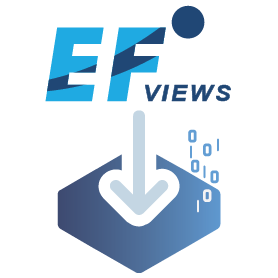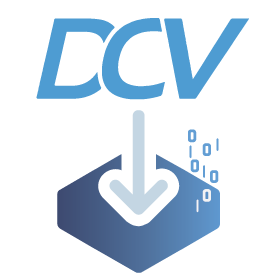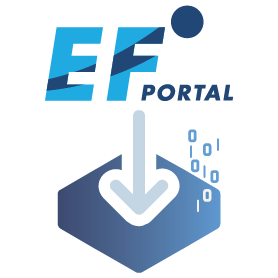Increase mouse scroll speed
If you can not increase the mouse scroll speed of the remote machine, you can set in the NICE DCV server editing the file /etc/dcv/dcv.conf and adding this parameter:
[input]
mouse-wheel-sensitivity=480Set DCV 2022 mouse scroll wheel into DCV 2023.1+
With setting 0 the ‘amplitude’ of the client scroll is ignored and a fixed amount scroll is injected into the server.
With the new feature the server tries to honor the amount of scroll of the client, but different devices and different OS’s use different scales and a parameter to adjust the sensitivity have to be added.
Edit the file /etc/dcv/dcv.conf and look for the [input] section and set:
[input]
mouse-wheel-sensitivity=0 Remembering that this configuration is just available in DCV Server 2023.1 or newer.
Enabling USB remotization and 3D mouse support
Overview
With NICE DCV, clients can use 3D pointing devices or authentication devices. Those devices are physically connected to their computer to interact with NICE DCV sessions.
You can follow the following guide to configure it, but first try to contact your distributor, who can provide you with specific instructions for your setup.
- Make sure USB remotization support is enabled on the server and on the client.
Server configuration: https://docs.aws.amazon.com/en_us/dcv/latest/adminguide/manage-usb-remote.html
Client configuration: https://docs.aws.amazon.com/en_us/dcv/latest/userguide/using-usb.html - On Linux, DKMS is required for the USB driver installation on the Linux server.
For RedHat based distros, like CentOS, please run:sudo yum install epel-release
sudo yum install dkms
For Ubuntu based distros:sudo apt-get install dkms - Then install DCV USB driver running:
sudo dcvusbdriverinstaller
3dconnexion mouses setup
After following the basic instructions to enable USB remotization, you can setup the 3dconnexion mouse driver with these steps:
- Install the 3dconnexion driver on the server. The drivers and the corresponding instructions can be found at https://3dconnexion.com/drivers/
- If you are using RedHat based distro, like CentOS, you need to setup motif. If you are using non RedHat based distro, just skip this step.
sudo yum install motif
cd /usr/lib64
sudo ln -s libXm.so.4 libXm.so.3 - To install on Linux, run the following commands to install the driver:
wget https://download.3dconnexion.com/drivers/linux/3dxware-linux-v1-8-0.x86_64.tar.gz
mkdir 3dxware
tar -xvf 3dxware-linux-v1-8-0.x86_64.tar.gz -C 3dxware
sudo sh 3dxware/install-3dxunix.sh - Connect to the server with the DCV client and make sure the 3D mouse device is enabled:
Settings -> Removable Devices -> Connected Devices -> select the Spacemouse/SpaceNavigator toggle
In case the device cannot be seen in the list of Connected Devices, make sure that USB support is enabled on both the client and on the server. - Run the 3DxWare service. You need to run the 3dxserv as root for the current user:
sudo /etc/3DxWare/daemon/3dxsrv -d usb -userName $USER - Test the device. Connect to the server with DCV, make sure the 3D mouse device is still enabled (
Settings -> Removable Devices -> enable the Spacemouse), and run the 3dxware/xcube demo application
Space mouse for multiple users
After connecting the mouse in the first session, use lsbusb to get the device ID of the redirected mouse and then pass the device path to 3dxsrv:
sudo /etc/3DxWare/daemon/3dxsrv -d /dev/bus/usb/NNN/MMM -userName $USERAfter this, connect the mouse to the second session and repeat the operation for the second redirected mouse.
If 3dxsrv is still refusing to start, probably the driver does not support this use case.
Mouse Keys is enabled, but the number pad on the keyboard does not work
When the system is being used locally, and Mouse Keys is enabled, is possible tha the number pad on the keyboard does not work.
The Mouse Keys setting should not be necessary if there is a physical mouse connected to the Windows server, so try to disable the Mouse Keys feature and test. You can find this Windows feature inside of control panel, in “Ease of Access center” panel.
Fixing cursor issues on Windows
With Amazon DCV servers running on Windows Server 2012 or Windows 10 and later, the mouse cursor always appears as an arrow, not showing different icons when you need to reduce or enlarge windows, for example. To fix, follow the steps below:
- Open Control Panel, and choose Ease of Access Center.
- Choose Make the mouse easier to use.
- Select Turn on Mouse Keys.
- Choose Apply, OK.



